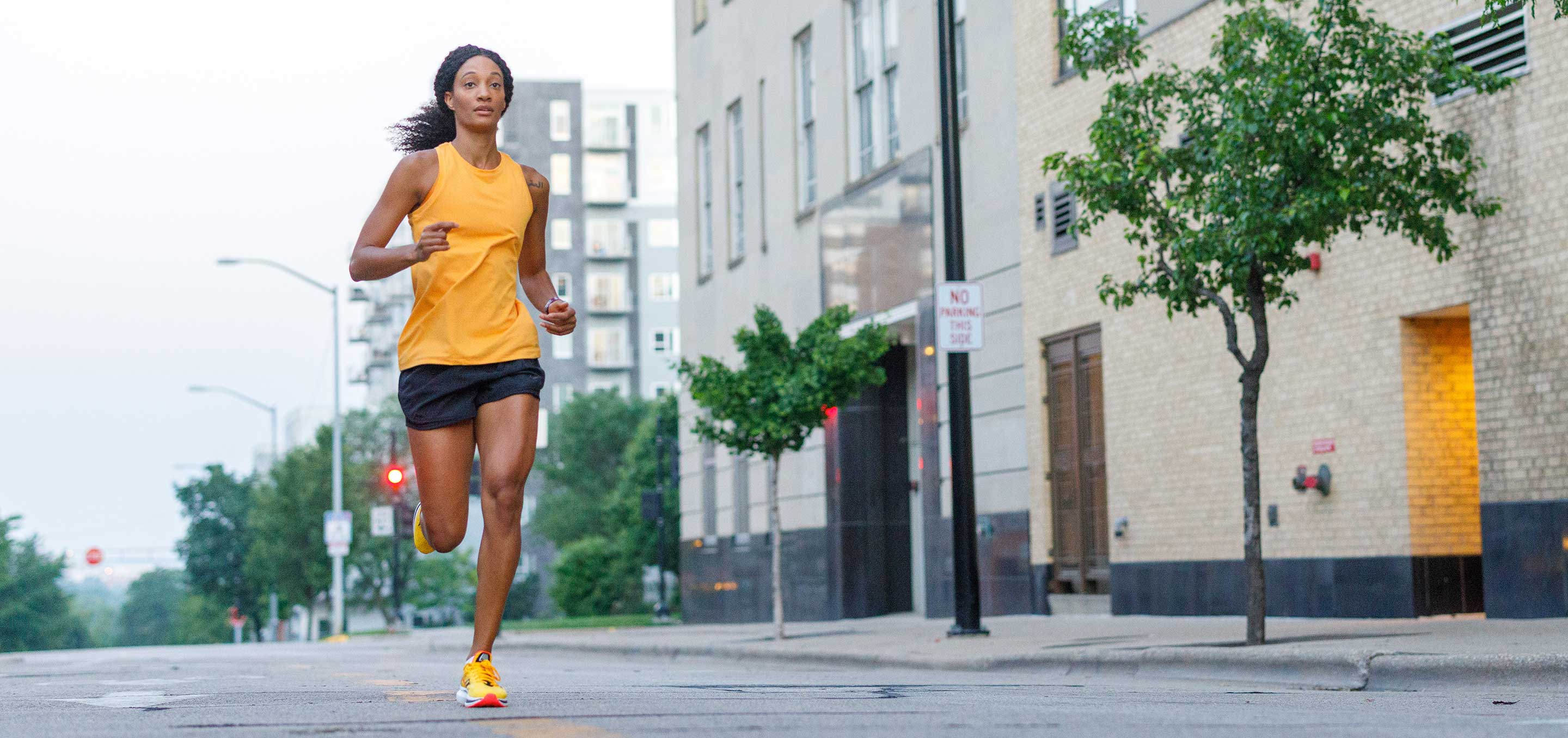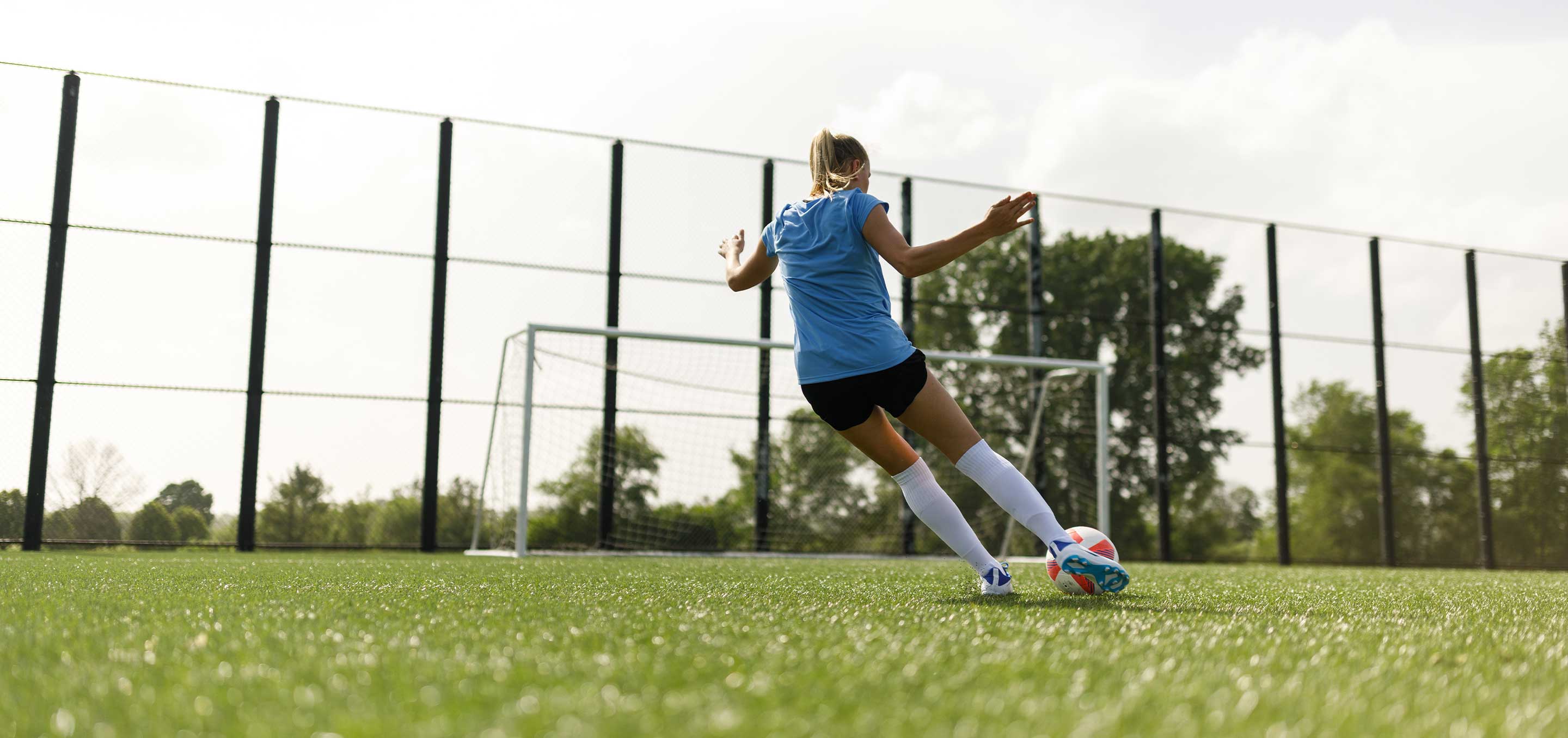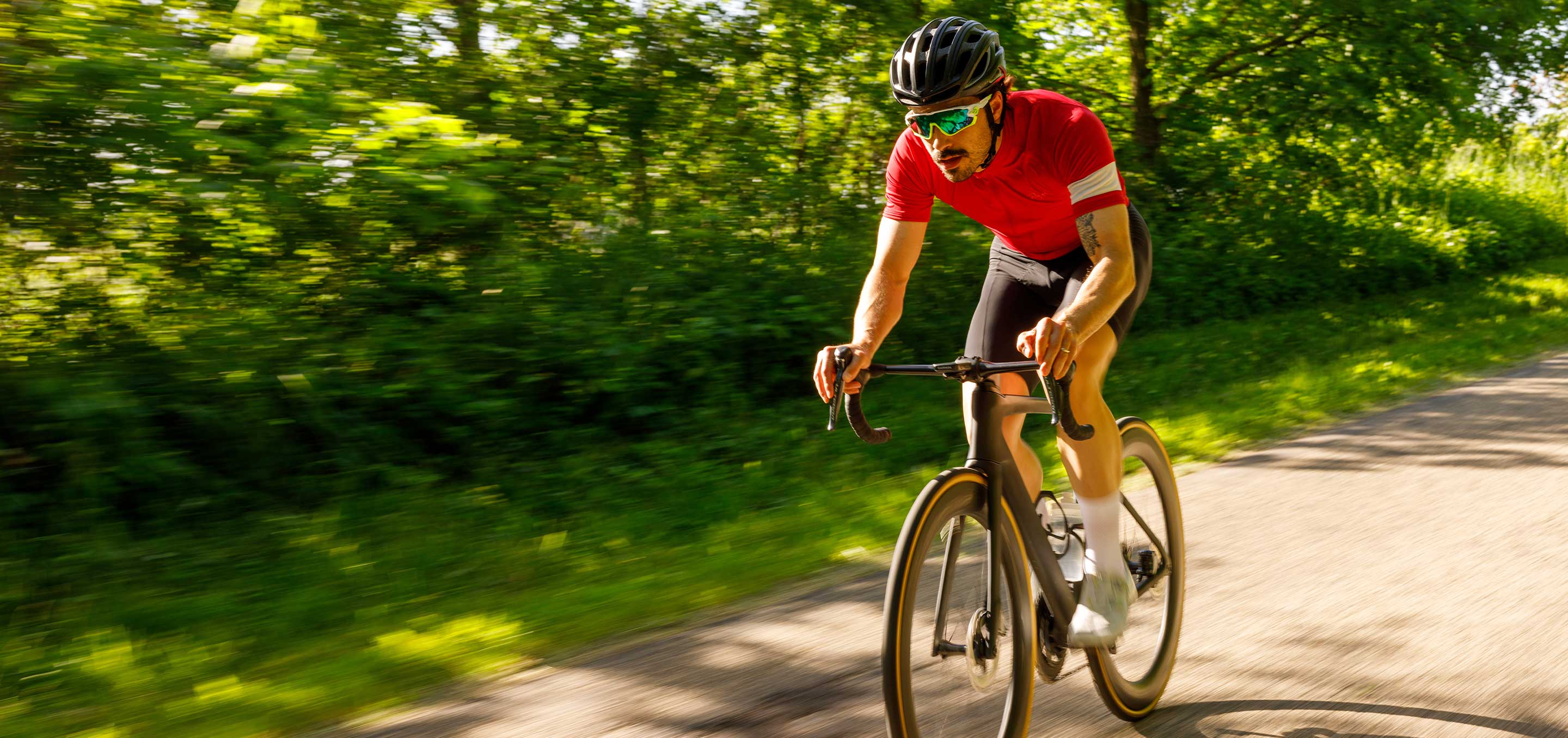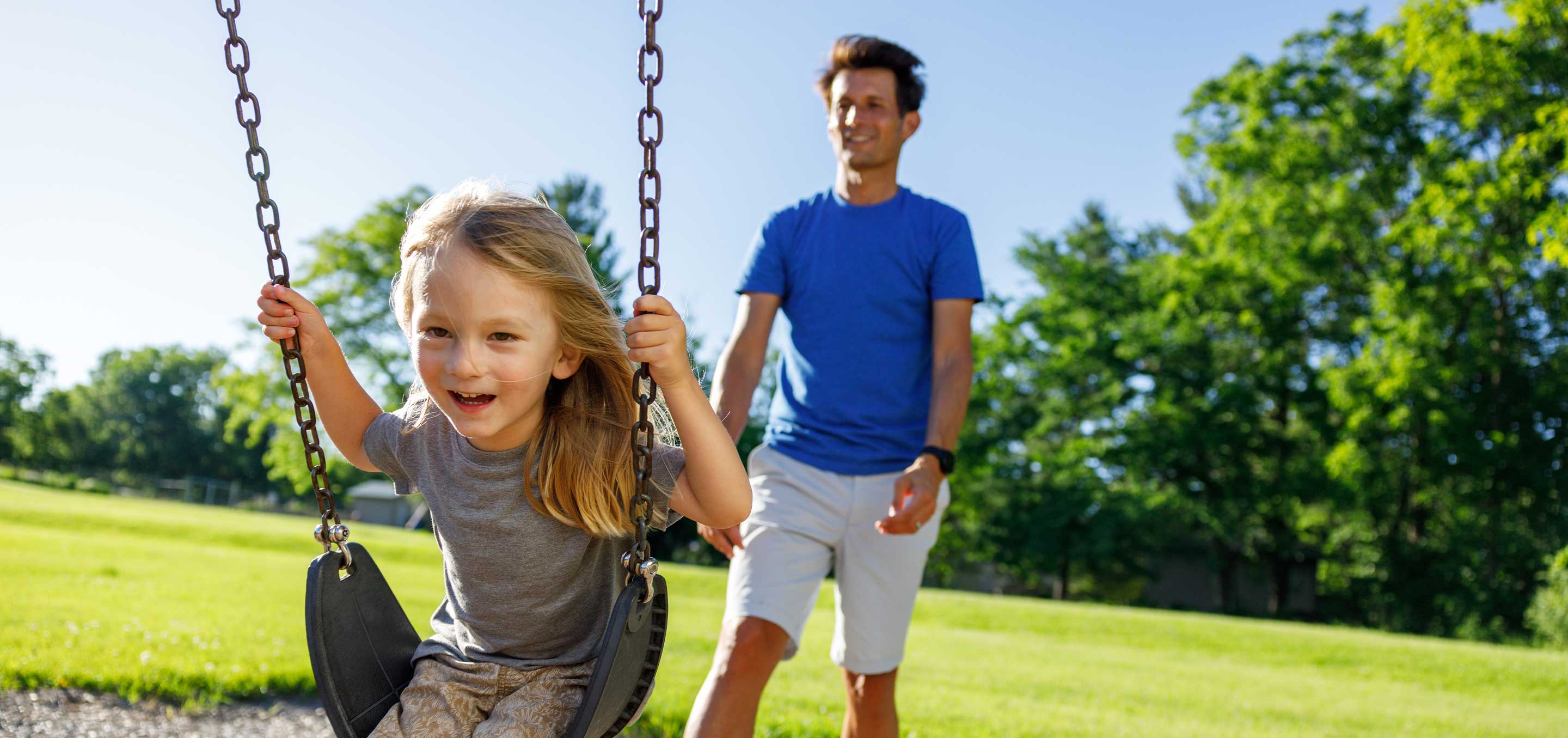Top 5 Benefits of Staying Active
Movement isn’t just for elite athletes, it fuels everyday life. Staying active builds strength, sharpens the mind, protects your joints, and boosts energy. And you don’t need a gym membership or complex program to experience the benefits. Simple, consistent movement woven into your daily routine makes a big difference.
1. Improved Strength and Endurance
When you move regularly, you don’t just feel fitter, you build a stronger foundation for everything you do. Walking, climbing stairs, or carrying groceries becomes easier when your muscles and cardiovascular system are conditioned to handle effort.
A study in the National Library of Medicine found that regular exercise improves muscular strength, cardiorespiratory endurance, and functional mobility across all age groups. Strength and endurance aren’t just for athletes, they’re also important for anyone who wants to feel stronger, move better, and stay active in daily life.
2. Better Joint Health and Flexibility
Joints are built to move, and activity helps keep them healthy. Sitting for long periods or avoiding movement often leads to stiffness and reduced mobility. Exercise improves blood flow to the tissues around your joints and stimulates the production of synovial fluid, the “oil” that keeps joints moving smoothly. Johns Hopkins Arthritis Center reports that regular movement strengthens the muscles around joints, supports bone density, and helps maintain flexibility.
Simple ways to protect your joints:
-
Low-impact activities: swimming, walking, or cycling.
-
Daily stretching: just 10–15 minutes of mobility work keeps your hips, shoulders, and spine looser.
-
Consistency: even small amounts of daily activity are more effective than occasional intense workouts.
Maintaining joint health isn’t just about preventing stiffness. It’s about preserving freedom of movement for the long run.
3. Increased Energy and Reduced Fatigue
It might sound counterintuitive, but one of the best ways to fight fatigue is to move more. Regular activity increases oxygen delivery, improves circulation, and trains your body to use energy more efficiently.
A study from the University of Georgia found that even low-intensity exercise reduces fatigue by up to 65% and increases reported energy levels. Another article highlighted that physically active individuals consistently report lower levels of tiredness compared to sedentary peers.
Energy-boosting habits to try:
-
Take a brisk 10-minute walk when your energy dips.
-
Do a few sets of bodyweight squats or push-ups during work breaks.
-
Swap screen time for an evening walk to recharge instead of winding down on the couch.
4. Reduced Risk of Injury and Stronger Foundations
A body that moves consistently becomes more resilient. Strong muscles, ligaments, and connective tissue protect joints and absorb impact, reducing the risk of injuries from both sports and daily activities.
Resistance training, even just twice per week, improves muscle tone, stability, and balance, key factors in preventing falls and overuse injuries.
Why this matters daily:
-
Picking up a heavy box without straining your back.
-
Reducing ankle sprains by improving balance and stability.
-
Supporting your feet and posture during long work shifts.
Here’s where the right gear matters, too. By supporting your feet with CURREX Everyday insoles, you reduce excess pressure and promote natural movement, which helps prevent fatigue and discomfort before they become bigger issues.
5. Mental Clarity, Better Mood, and Stress Relief
Physical activity isn’t just about muscles and endurance, it’s also one of the most powerful tools for mental health.
The CDC highlights that regular physical activity improves cognitive performance, reduces anxiety, lowers stress, and enhances sleep quality. Outdoor activity has additional mental health benefits, including greater mood improvements and stronger stress resilience compared to indoor workouts.
Everyday mental benefits of activity:
-
A clearer mind during work or study.
-
Lower stress at the end of a long day.
-
Improved resilience to challenges and setbacks.

How to Stay Active: Every Day, Every Way
You don’t need hours of training or expensive equipment. Staying active is about consistent, sustainable habits that fit into your life.
Build Motion into Your Day
-
Take stairs instead of elevators.
-
Park farther from the store or office.
-
Walk while talking on the phone.
Choose Comfortable Support
Movement feels easier when your body feels good, and that starts with the right foundation. The shoes you wear every day play a big role in how your feet, joints, and muscles feel after hours of standing or moving. By adding comfortable insoles that work with your specific footwear, you reduce pressure, improve alignment, and keep moving longer without discomfort.
-
Walking shoes: CURREX insoles provide shock absorption and arch support that reduce fatigue on long walks, commutes, or daily step goals.
-
Everyday sneakers: Lightweight and flexible, our insoles add comfort without bulk, making them perfect for casual wear, errands, or travel days.
-
Work boots: Built to handle long hours on hard surfaces, CURREX insoles cushion every step while improving stability and reducing strain on knees and hips.
-
Casual shoes: Even for low-profile styles, our slim design ensures a natural fit that adds comfort without changing the feel of your shoes.
The right insole does more than relieve foot fatigue, it helps your entire body move more efficiently, so you feel stronger and more comfortable throughout the day. If you need help deciding which insole fits you best, the CURREX Insole Finder makes it simple by identifying your arch type and recommending the best option for your lifestyle.
Mix It Up with Variety
According to the National Institute on Aging, a well-rounded routine includes:
-
Aerobic exercise (walking, jogging, biking)
-
Strength training (push-ups, light weights)
-
Balance and flexibility (yoga, stretching)
Keep It Simple
Short bursts of vigorous effort, like stair climbing for two minutes, lower heart disease risk.
Small goals, like a daily step target, make consistency more achievable.
Why This Matters and Why It Works
| Benefit | How It Helps |
|---|---|
| Strength & Endurance | Makes daily activities easier |
| Joint Health | Reduces stiffness and pain |
| Energy | Natural boost without caffeine |
| Injury Prevention | Builds resilience and stability |
| Mental Health | Improves mood, clarity, and sleep |
Staying active isn’t a trend, it’s a foundation for living well. From stronger muscles to sharper focus, the benefits stack up when you move daily. Even small steps add up, especially when you have the right support underfoot.
FAQs About Staying Active
Q: How does physical activity reduce fatigue?
A: Movement improves blood flow and oxygen delivery, which increases daily energy levels and reduces tiredness.
Q: What are the benefits from physical activity for daily life?
A: Staying active makes walking, working, and standing easier while reducing discomfort and improving long-term mobility.
Q: What are the mental benefits of staying active?
A: Exercise helps manage stress, improves sleep, and supports sharper thinking and mood balance.
References:
https://pmc.ncbi.nlm.nih.gov/articles/PMC1402378/
https://news.uga.edu/low-intensity-exercise-reduces-fatigue-symptoms-by-65-percent-study-finds
https://pubmed.ncbi.nlm.nih.gov/16937952/
https://www.betterhealth.vic.gov.au/health/healthyliving/resistance-training-health-benefits








